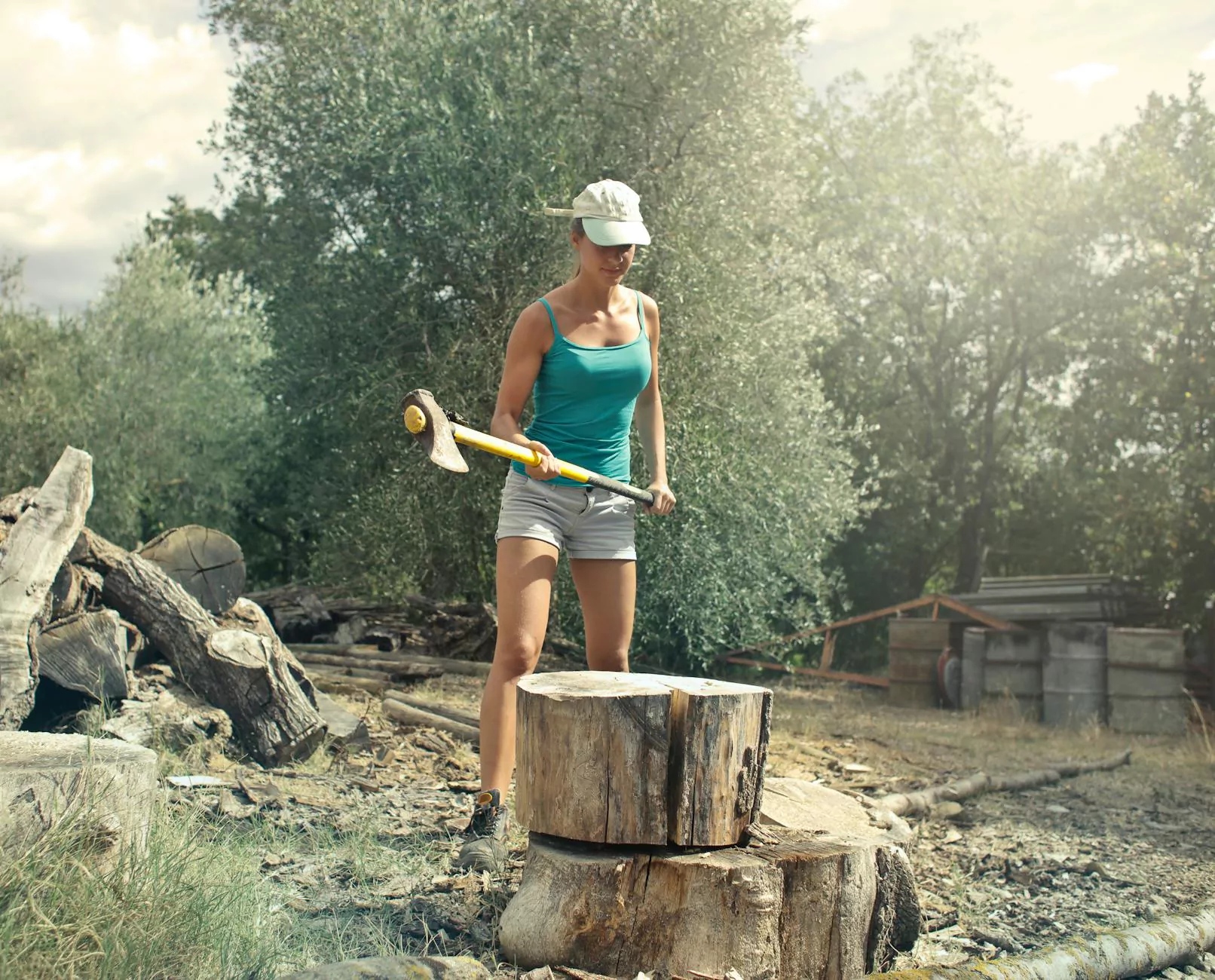Cystourethrocele & lots of questions
Patient Reviews
Welcome to Gentle Rolfing's comprehensive guide on cystourethrocele. In this article, we will provide you with in-depth information about cystourethrocele, its causes, symptoms, diagnosis, and treatment options. Our goal is to empower you with the knowledge necessary to make informed decisions about your health.
What is Cystourethrocele?
Cystourethrocele, also known as a cystocele or a prolapsed bladder, is a medical condition that primarily affects women. It occurs when the supportive tissues between the bladder and vaginal wall weaken or stretch, causing the bladder to bulge into the vagina. This condition can lead to various urinary and pelvic problems, impacting a woman's quality of life.
Causes of Cystourethrocele
The most common cause of cystourethrocele is weakened pelvic floor muscles and connective tissues due to pregnancy, childbirth, or hormonal changes during menopause. Other factors that can contribute to the development of cystourethrocele include obesity, chronic constipation, chronic coughing, repetitive heavy lifting, and genetic predisposition.
Symptoms of Cystourethrocele
Cystourethrocele can present with various symptoms depending on the severity of the condition. Common symptoms include:
- Feeling of pelvic pressure or heaviness
- Bulge or protrusion in the vagina
- Urinary incontinence or leakage
- Frequent urination or urgency
- Difficulty emptying the bladder completely
- Recurrent urinary tract infections
- Pain or discomfort during sexual intercourse
If you are experiencing any of these symptoms, it is essential to consult with a healthcare professional for an accurate diagnosis and appropriate treatment options.
Diagnosis of Cystourethrocele
Diagnosing cystourethrocele typically involves a comprehensive evaluation of your medical history, a physical examination, and possibly additional tests. Your healthcare provider may perform a pelvic exam to assess the extent of the prolapse and bladder function. Additional tests such as urodynamic studies, cystoscopy, or imaging tests may be recommended to evaluate the severity of the condition and any associated complications.
Treatment Options
Treatment for cystourethrocele depends on the severity of the condition, associated symptoms, and individual patient factors. Mild cases may be managed conservatively with lifestyle modifications and pelvic floor exercises to strengthen the muscles and improve support. For more severe cases, treatment options may include:
- Pessary: A device inserted into the vagina to support the bladder and alleviate symptoms.
- Physical Therapy: Working with a specialized pelvic floor physical therapist to learn exercises and techniques to strengthen the pelvic floor muscles.
- Surgery: In some cases, surgical intervention may be necessary to repair the supportive tissues, lift the prolapsed bladder, and restore normal anatomy.
The choice of treatment will be individualized based on your specific condition and your goals for symptom improvement. Your healthcare provider will discuss the available options with you and help you make the best decision for your health.
Prevention and Self-Care
While cystourethrocele may not always be preventable, certain measures can help reduce the risk or minimize symptoms:
- Maintain a healthy weight through regular exercise and a balanced diet.
- Avoid heavy lifting and straining during bowel movements.
- Practice pelvic floor exercises regularly to keep the muscles strong and supportive.
- Quit smoking to reduce the risk of chronic coughing.
- Stay hydrated and maintain regular bowel habits to prevent constipation.
- Discuss hormone replacement therapy options with your healthcare provider during menopause.
By implementing these self-care measures, you may be able to reduce the likelihood of developing or worsening cystourethrocele.
Conclusion
In summary, cystourethrocele is a common condition that can significantly impact a woman's urinary and pelvic health. Understanding its causes, recognizing the symptoms, and seeking appropriate medical care are crucial steps towards managing cystourethrocele effectively. Gentle Rolfing is dedicated to providing comprehensive information and support for individuals dealing with this condition. We believe that by empowering yourself with knowledge, you can make informed decisions to improve your overall health and well-being.










